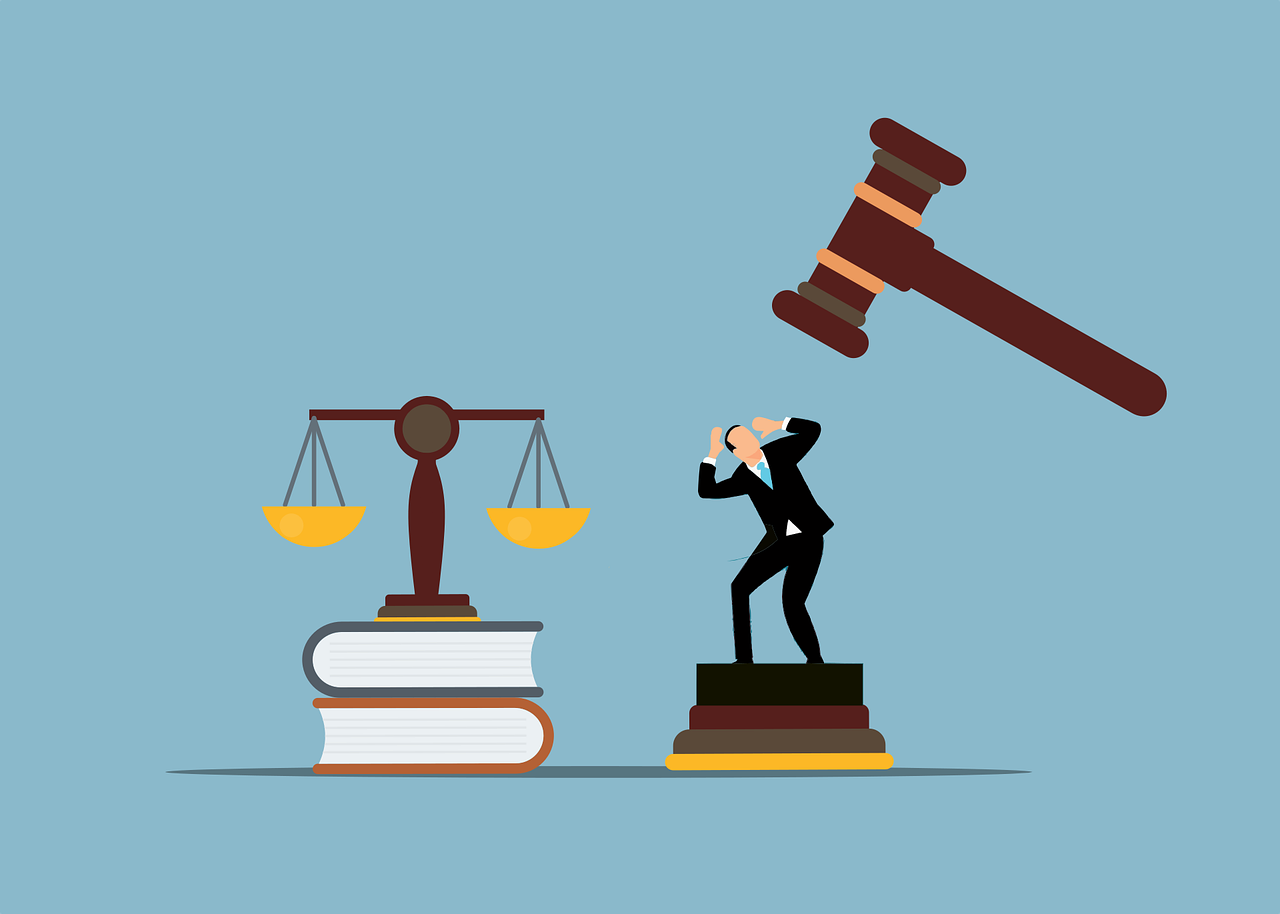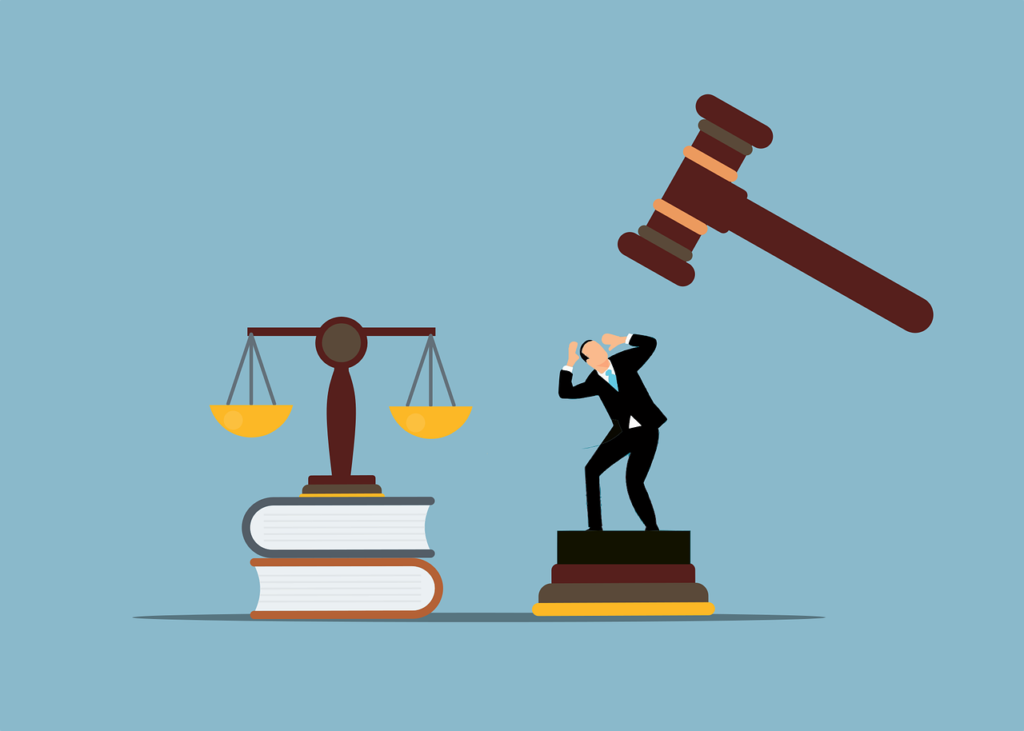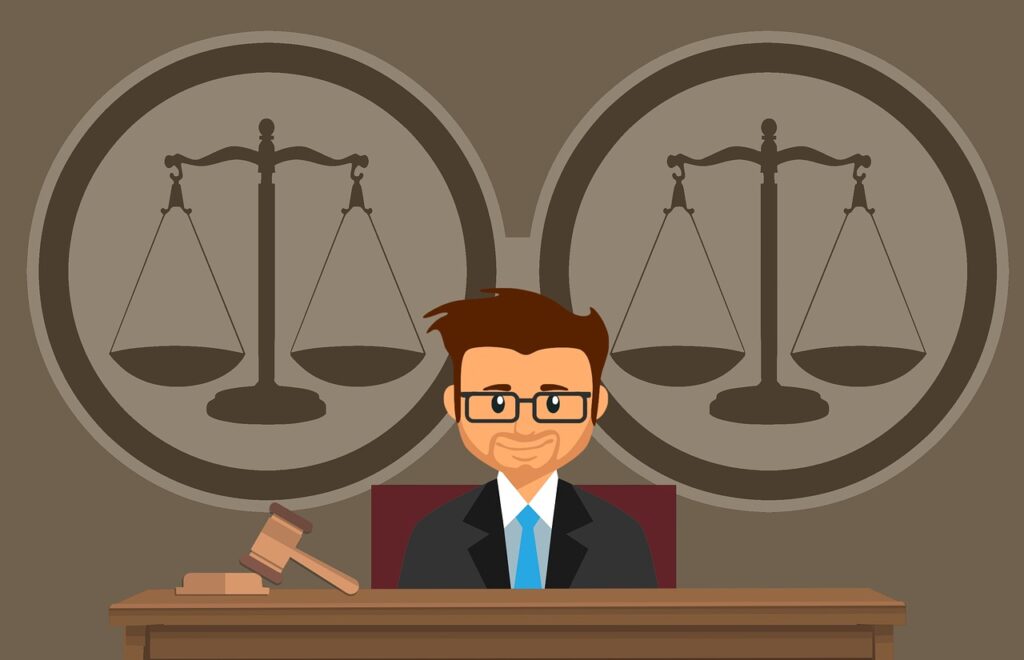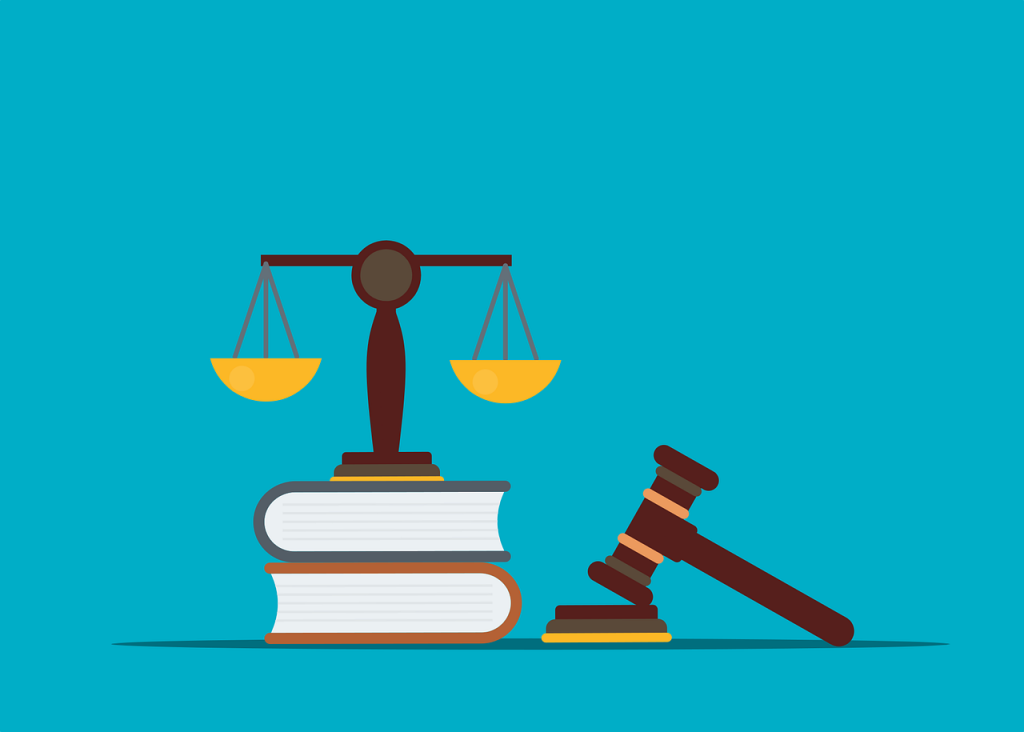Published On: 20th April, 2024

Authored By: Rudrakshi Bakshi
University of Jammu
ABSTRACT:
This article explores the legal landscape surrounding euthanasia in India, focusing on its evolving position. The article examines the historical and cultural factors that have shaped India’s stance on euthanasia, as well as landmark cases, legislative developments, and judicial pronouncements. It explores contrasting perspectives on euthanasia, including individual autonomy, compassion, and potential misuse. The article critically examines legal instruments like the Aruna Shanbaug judgment and the “Living Will” legislation, highlighting their safeguards, limitations, and ethical considerations. It also discusses the ongoing discourse on the right to die with dignity and the role of medical professionals, family, and the judiciary in decision-making. The article highlights the need for clear guidelines, medical ethics, and public awareness in implementing and regulating euthanasia.
KEYWORDS:
Euthanasia, Mercy killing, Legal Perspective, Passive Euthanasia, Active Euthanasia, Living Will, Legal framework, Human Rights, End-of-life decision
INTRODUCTION:
“Life is a journey that eventually concludes for everyone, but the question of how that journey concludes is a matter of profound ethical and legal significance. In the context of India, the debate over euthanasia, or the right to a dignified death, has ignited discussions that intersect morality, medicine, and the law. As the legal landscape evolves, the words of Justice Bhagwati resonate: ‘The right to live with dignity also includes the right to die with dignity.’ This article delves into the legal perspective of euthanasia in India, exploring the delicate balance between individual autonomy, medical ethics, and the societal need for legal frameworks that safeguard the sanctity of life and the right to choose its end.”
The debate over the right to a dignified death is one that is both deeply personal and intricate in the context of human rights and ethical issues. A compassionate end-of-life experience has become a fundamental right that merits careful consideration as we negotiate the complex intersections of medical ethics, human autonomy, and social norms. The heartfelt yearning for people with terminal illnesses or incapacitating conditions to have control over the time and mode of their departure from this life is embodied in the right to die with dignity. This discourse has sparked discussions about ethics and law in recent decades, but it has also caused a global re examination of how we view the inevitable passage from life to death.
The goal of this article is to explore the many facets of the right to die with dignity, including its historical development, legal ramifications, ethical issues, and significant effects on people as individuals, families, and society as a whole. We seek to promote a thorough understanding that goes beyond preconceived conceptions by investigating the many viewpoints and complex facets of this right. This will allow us to kindly and intelligently discuss one of humanity’s most important topics: the dignity in dying.
As we traverse this delicate terrain, we aim to illuminate the characteristics of this fundamental right, examining its worldwide expressions and the obstacles that come with its acknowledgement. Our investigation attempts to clear a road towards empathy, understanding, and a re-evaluation of the narratives around the right to die with dignity, covering topics such as the moral conundrum of assisted dying and the complex dance between patient autonomy and societal ideals.
MEANING AND DIFFERENT TYPES OF EUTHANASIA:
The Greek terms “Eu” (good) and “thanatos” (death) combine to form the word “Euthanasia,” which means “good death.”[1] The term “euthanasia” describes the intentional taking of a person’s life, usually to stop their suffering. Doctors may carry out a patient’s request for euthanasia if they are experiencing extreme suffering from a terminal illness.
It is a multifaceted process that requires a lot of consideration. A person’s physical and mental well-being, as well as their individual views and desires, all come into play.[2] Collins dictionary defines Euthanasia as the practice of killing someone who is very ill and will never get better in order to end their suffering, usually done at their request or with their consent. Euthanasia involves the doctor giving a deadly drug to a patient who wants to terminate their life or stopping the patient’s life-sustaining care.[3]
According to world medical association, Euthanasia means “the act of deliberately ending the life of a patient, even at the patient’s own request or at the request of close relatives, is unethical. This does not prevent the physician from respecting the desire of a patient to allow the natural process of death to follow its course in the terminal phase of sickness.”[4]
TYPES OF EUTHANASIA:
Various actions are categorized as “euthanasia.” Here are a few differences between the various versions:
ACTIVE EUTHUNASIA:
The majority of people associate euthanasia with a doctor taking a patient’s life outright. We refer to this as active euthanasia. Active euthanasia is the deliberate administering of a deadly amount of a sedative to a person.[5]
Active euthanasia is further classified into two types:
DIRECT ACTIVE EUTHANASIA:
Intentional murder committed with the intention of relieving another person’s pain. The patient receives an injection from the doctor or another person on purpose, which causes their death.
Currently, the Swiss Criminal Code’s Article 111 (murder), Article 114 (mercy killing upon request), or Article 113 (manslaughter) apply to this type of euthanasia.[6]
INDIRECT ACTIVE EUTHANASIA:
It is defined as the use of painkillers or other medications to alleviate suffering, which may have the unintended consequence of reducing life expectancy. It is considered a probability that death may come early than it otherwise would have.
Although not specifically addressed by the penal code, this kind of euthanasia is often accepted as acceptable. The Swiss Academy of Medical Sciences’ (SAMS recommendations) euthanasia guidelines likewise represent this viewpoint.6
PASSIVE EUTHANASIA:
Passive euthanasia is denying or reducing life-sustaining care in order to hasten a person’s death. Additionally, a physician might recommend progressively larger dosages of analgesic drugs. The dosages could eventually become harmful.5
VOLUNTARY EUTHANASIA:
When a capable person decides to end their own life with the help of a medical practitioner, it is known as voluntary euthanasia. In this process, the individual’s express consent is essential.[7]
NON VOLUNTARY EUTHANASIA:
The act of ending the life of a person who is incapable of giving informed consent is known as non-voluntary euthanasia .Those who are severely cognitively impaired or in a vegetative state may fall under this category.7
Non-voluntary euthanasia also covers situations in which the individual is a minor who is capable of making the decision on their own, but who is not legally considered old enough to do so. In these situations, someone else is required to make the decision on their behalf.
INVOLUNTARY EUTHANASIA:
Ending a person’s life against their will or without their consent is known as involuntary euthanasia. Most people agree that this kind of euthanasia is unethical and illegal.7 Although this is typically referred to as murder, there may be circumstances in which the killing is justified as being done to ensure the victim’s death.[8]
HISTORICAL BACKGROUND:
Before discussing the legal position of Euthanasia in India, let us find out its historical background;
It is not a novel notion that death ought to be compassionate. It makes sense that someone who is terminally sick or severely injured would want to pass away as they would eventually die and the agony they experience will make them happy to no longer be able to live. According to Michael Stolberg’s book “Two Pioneers of Euthanasia Around 1800,” people have been known to pull on the legs of hanged individuals in order to speed up their demise. He also brings up appologie, the memoirs of Ambroise Paré, a French surgeon who happened to come upon three soldiers who were critically injured. The surgeon answered that they wouldn’t survive when an unhurt soldier questioned if they would. The soldier who was not hurt then went ahead and cut their throats.
According to Giza Lopes in her book Dying with Dignity: A Legal Approach to Assisted Death, the idea that a less painful dying process was feasible arose from the discovery and widespread use of morphine in the 19th century to treat, and later to kill, pain. Midway through the 1800s, surgeons started use chloroform, an unconscious-inducing drug with less adverse effects than morphine. The American Medical Association declared its formal opposition to voluntary euthanasia in 1885. Despite the fact that some medical professionals thought that suffering may be redemptive, there was not enough opposition to put an end to the movement. Talks about death and dying were rationally prompted by the ability to ease pain from childbirth, surgical operations, and everyday living. Drugs may hasten death and lessen suffering during the latter stages of life.[9]
The right to die has been a global concept since ancient times, with examples in Roman and Greek civilizations like Sparta. The concept of voluntary euthanasia, where individuals consent to end their lives, was also practiced in ancient cultures. The concept of suicide or self-annihilation is mentioned in holy texts like the Bible, Koran, and Rig Veda.
India has a history of religiously based euthanasia, as seen in Mahabharata and Ramayana. Hindus have different perspectives on euthanasia, with some arguing against it due to potential harm to the soul and body, while others believe it is a moral obligation and a good deed. Despite these differences, euthanasia remains a significant aspect of Indian culture.
Muslims and Christians both believe in euthanasia, as they believe human life is sacred and only Allah has the right to take it away. They believe that disrupting the cycle of birth and dying would lead to global imbalance, and therefore, humans cannot take someone else’s life.
Sikhs, based on their holy scriptures, Guru Granth Sahib and Rehat Maryada, deny suicide and euthanasia, believing they are part of God’s plan and should use pleasure and pain for their own growth.[10]
EUTHANASIA AND ASSISTED SUICIDE:
In Ancient time
In the third book of Plato’s “The Republic,” the author said that people who are physically ill or who live in a state of illness should be allowed to die; this suggests that the belief was that these people suffer to such an extent that their quality of life declines, which made sense to these philosophers. Other writers, like Hippocrates and his well-known Hippocratic oath, on the other hand, advocated using medicine to preserve patients’ lives, particularly in delicate situations where deadly consequences were certain. This Hippocratic oath is the same one that permeates modern society and serves as a point of contention for those who oppose assisted suicide and euthanasia.[11]
Other writings that compile the ideas of Socrates and his pupil Plato note that, in the face of a serious disease, it was reasonable and widely accepted to consider dying in order to spare oneself a protracted and excruciating torment. Given that this is the last medical procedure, this fact is consistent with the idea of present euthanasia.[12]
Heroditus , a physician in Plato’s Republic, was criticized for promoting distanasia , or prolonging life through excessive therapy, which prolongs suffering and reliance on medical devices. Other philosophers like Pythagoreans, Aristotelians, and Epicureans denounced euthanasia, implying its repeated use as a method. Stoicism suggests that extreme pain leads to self-removal, while modern euthanasia focuses on losing a person’s dignity and essence. Lucius Seneca advocated for a midway point in life, balancing enjoyment and detestation.[13]
During the Roman Empire, terminally ill individuals committed suicide due to impatience and lack of treatment. However, with the Catholic Church, suicide was considered abominable and detestable. From 693 AD, those who attempted against their physical integrity were excommunicated, denied burial, and even expelled from cities and stripped of their properties.
In Middle Ages
The arts, sciences, and medicine were all ruled by Catholicism during the Middle Ages, when the sciences went into decline. Suicide was not widely accepted because of this strong religious inclination and the enduring influence of Augustinian philosophy. Giving someone a deadly drug to end their suffering from a serious or terminal illness was prohibited.[14] At this period, suicide victims were not allowed to be buried “Christianly,” which meant they were not eligible for a funeral or for their relatives to be present during a religious ceremony. Then, bodily anguish and suffering were considered a route to exaltation. Similar to the agony that
COLOMBIA:
A constitutional court ruling made Colombia the first nation in Latin America to permit patients under a doctor’s supervision to commit assisted suicide .The Jesus went through at Calvary, pain was glorified as the way that god atoned for sin. Contrary circumstances, however, were encountered during battles; a weapon resembling a small knife was frequently employed to eliminate severely injured adversaries and thereby lessen their agony, robbing them of the chance to recover; this tactic was known as “mercy killing.”
TRENDS OF EUTHANASIA IN DIFFERENT COUNTRIES:
For the most part, the second half of the 20th century saw an increase in the significance of euthanasia laws and practices around the globe, which currently remain major topics of discussion. Certain cases of euthanasia and suicide have occurred in various places of the world; a few of these are depicted below:
nation’s top court decided that a physician does not have to risk going to jail in order to assist a terminally sick patient in ending their own life by ingesting a fatal medicine .Euthanasia is already legal in Colombia; a physician is the one who gives a patient a medication that ends their life .Euthanasia was made legal in Colombia in 1997, and in July 2021, a high court extended this “right to dignified death” to individuals who are not terminally sick. Official data shows that since 1997, less than 200 persons in Colombia have chosen to end their lives. Despite being predominately Roman Catholic, it is the first and only nation in Latin America—and one of very few worldwide—to have taken this action. The church is vehemently against assisted suicide and euthanasia.15
NETHERLANDS:
The Netherlands was the first nation to legalize assisted suicide and euthanasia in April 2002. It established severe requirements, such that the patient must be in “full consciousness” and that they must be experiencing excruciating agony and an incurable sickness. Youngsters as young as 12 can ask for assisted suicide; however, those under 16 must get their parents’ permission.15
LUXEMBOURG:
In Luxembourg, adult assisted suicide and euthanasia are both permitted. Patients must have a terminal illness that causes them to suffer uncontrollably and with no chance of recovery.15
AUSTRALIA:
After 20 years and 50 failed efforts, the Australian state of Victoria approved laws allowing for voluntary euthanasia in November 2017. A person must be a resident of Victoria, have an adult with the capacity to make decisions, and be experiencing intolerable suffering from a disease with a life expectancy of less than six months or 12 months of suffering from a neurodegenerative condition in order to be eligible for legal permission.[15]
LEGAL ASPECTS OF EUTHANASIA IN INDIA:
Only passive euthanasia is recognized by Indian courts. It was decided in a recent Common Cause (a regd. Society) case that a person’s “right to die with dignity” is one of their fundamental rights. It is available to patients with chronic, incurable illnesses who have entered a permanent vegetative state (PVS), in which there is little to no chance of recovery and the patients are maintained artificially alive with the use of cardiopulmonary machines and other devices. Passive euthanasia may be permitted under certain situations.
This was not always the case in India, where even passive euthanasia was illegal. Since the doctors had the necessary “intention” to cause the patient’s death, they were covered by Exception 5 of Section 300 of the Indian Penal Code. In cases of voluntary euthanasia, where there was valid consent, the doctor in question or the person causing the euthanasia would be subject to punishment under Section 304 of the Penal Code for culpable homicide that did not amount to murder.
This position, however, is limited to instances of voluntary euthanasia, in which the patient, who is older than eighteen, offers his or her agreement to be put to death. Since non-voluntary and involuntary euthanasia would fall under the first proviso of Section 92 of the Penal Code, these situations were not covered by this. In India, performing active euthanasia is illegal.
One of the key arguments made in support of euthanasia legalization in India before the Supreme Court in the Gian Kaur v. State of Punjab case was that the Indian Constitution’s guarantee of the “right to life” encompasses the “right to die.” The SC decided that the “right to die” is not included in the Article 21 “right to life,” rejecting this argument. Furthermore, it cannot be made to mean the same thing. Therefore, the nation’s highest court does not believe that euthanasia is unconstitutional.
In the case of Aruna Ramchandra Shanbaug v. Union of India, it was decided that, in the absence of mental capacity, the Court alone has the authority to decide whether or not to remove life support from an incompetent person. However, the opinions of close friends, family members, and medical professionals must undoubtedly be taken into consideration. As a result, the Apex Court ruled in this instance that while active euthanasia is strictly prohibited, passive euthanasia is somewhat permitted in accordance with the standards established in the decision.
The Law Commission has recommended the legalization of euthanasia in its 241st Report. In the case of Common Cause vs. Union of India, the Supreme Court recognized passive euthanasia, where a doctor does not cause a patient’s death by stopping treatment or disabling life-support machines. Active euthanasia occurs when a lethal drug is administered or overdosed. The courts believe that a person should be punished for not saving a patient, but also for omissions of a legal duty.[16]
THE ARUNA SHANBAUG CASE:
The Indian Supreme Court issued a landmark ruling allowing for the practice of passive euthanasia in the nation in March 2011. Following Pinki Virani’s appeal to the highest court in December 2009, this ruling was made in accordance with the “Next Friend” clause of the Constitution. This historic rule gives each person the freedom to choose, independent of the state, the medical establishment, or religious authorities that view all suffering as “destiny.” In its 2011 ruling, the Supreme Court established two unchangeable requirements for the approval of the Passive Euthanasia Law:
- For whom the ventilator may be turned off since they are brain dead.
- Permissive vegetative states (PVS) allow for the addition of pain-managing palliatives and the tapering off of feed in accordance with established international guidelines.
The same judgment legislation also requested that the penal code 309—which punishes individuals who survive suicide attempts—be repealed. India’s government announced their plan in December 2014.[17]
LAW COMMISSION AND ITS RECOMMENDATION:
- In its opening remarks, the Law Commission of India made it clear that it was not dealing with “euthanasia” or “assisted suicide,” which are illegal. Rather, the Commission was dealing with “withholding life-support measures to patients terminally ill and universally in all countries, such withdrawal is treated as lawful,” as stated in its 196th Report1Medical Treatment to Terminally Ill Patients (Protection of Patients and Medical Practitioners).
The Commission repeatedly emphasized that the removal of life support from a patient differs significantly from assisted suicide and euthanasia; this distinction has also been made in the case of Aruna. In the case of Aruna (above), the compendious expression “passive euthanasia” was chosen. - Following a seminar attended by medical and legal professionals, the Indian Society of Critical Care Medicine in Mumbai requested that the 17th Law Commission of India take up the matter for discussion. The Union Law Minister at the time gave it its debut. Before preparing its report, the Law Commission reviewed a wide range of relevant material.
- The Law Commission argues that ‘Euthanasia’ and ‘Assisted Suicide’ are still illegal under the law. The inquiry focuses on legal concepts related to withdrawal of life support measures and the medical profession’s decision-making in patient’s best interests. It also raises questions about informed patient refusal to take treatment.
- The then Chairman of the Law Commission emphasized that terminally ill patients have a common law right to refuse modern medical procedures and allow nature to take its course. They can make an informed decision to die a natural death, even if there are no chances of recovery. However, modern medicine may prolong life to no purpose, causing extreme pain and suffering. Some terminally ill patients prefer palliative care to reduce pain and suffering.
- Lord Goff’s 1993 statement in Airdale’s case highlights the relevance of modern medical technology, particularly life-support systems, in the current medical scenario, particularly in the case of PVS patients.[18]
CONCLUSION:
In conclusion, the legal status of euthanasia in India is a complex and evolving issue, with ongoing debates and proposed legislation. The Supreme Court of India recognized passive euthanasia under certain conditions in the Aruna Shanbaug case in 2011, but the absence of a comprehensive legal framework leaves room for ambiguity. A draft bill, “The Management of Patients with Terminal Illness – Withdrawal of Medical Life Support Bill,” has been introduced, but its passage and implementation remain pending. The legal status of euthanasia in India relies on judicial decisions and ethical considerations of the medical community, creating challenges for patients, their families, and healthcare providers. A well-defined legal framework is needed to address the concerns of all stakeholders, balancing individual autonomy with preventing potential abuse, to create a compassionate and just system for end-of-life decisions. Until then, the legal landscape of euthanasia in India remains dynamic, with ongoing debates shaping the future direction of this critical issue.
Reference(s):
[1] Chao D, “Euthanasia Revisited” (2002) 19 Family Practice 128 <http://dx.doi.org/10.1093/fampra/19.2.128>
[2] Holland K, “Euthanasia: Understanding the Facts” (Healthline, June 1, 2019) <https://www.healthline.com/health/what-is-euthanasia>
[3] Corner L, “Euthanasia in India – Meaning, Types And Legal Aspect – Law Corner” (Law Corner, November 17, 2021) <https://lawcorner.in/euthanasia-in-india-meaning-types-and-legal-aspect/>
[4] “WMA – The World Medical Association-WMA Resolution on Euthanasia” (WMA – The World Medical Association-WMA Resolution on Euthanasia) <https://www.wma.net/policies-post/wma-resolution-on-euthanasia/>
[5] Holland K, “Euthanasia: Understanding the Facts” (Healthline, June 1, 2019) <https://www.healthline.com/health/what-is-euthanasia#types>
[6] Justice FOO, “The Various Forms of Euthanasia and Their Position in Law” <https://www.bj.admin.ch/bj/en/home/gesellschaft/gesetzgebung/archiv/sterbehilfe/formen.html>
[7] Testbook, “Euthanasia – Types, Active vs Passive, History, & Status in India” (Testbook, August 9, 2023) <https://testbook.com/ias-preparation/euthanasia>
[8] “BBC – Ethics – Euthanasia: Forms of Euthanasia” <https://www.bbc.co.uk/ethics/euthanasia/overview/forms.shtml>
[9] Hiatt A, “The History of the Euthanasia Movement” (JSTOR Daily, December 18, 2023) <https://daily.jstor.org/history-euthanasia-movement/>
[10] Rai D, “Right to Die : All You Need to Know about It – iPleaders” (iPleaders, April 14, 2021) <https://blog.ipleaders.in/right-to-die-all-you-need-to-know-about-it/#The_History_of_the_Law>
[11] Urdaneta Carruyo E, Méndez Parr A and Urdaneta Contreras AV, “Gangrena de Fournier: Perspectivas Actuales” (2007) 24 Anales de Medicina Interna <http://dx.doi.org/10.4321/s0212-71992007000400009>
[12] Emanuel EJ and others, “Attitudes and Practices of Euthanasia and Physician-Assisted Suicide in the United States, Canada, and Europe” (2016) 316 JAMA 79 <http://dx.doi.org/10.1001/jama.2016.8499>
[13] Marín-Olalla F, “La Euthanasia: Un Derecho Del Siglo Xxi” (2018) 32 Gaceta Sanitaria 381 <http://dx.doi.org/10.1016/j.gaceta.2018.01.007>
[14] “Philosophica: Enciclopedia Filosófica on Line — Voz: Euthanasia. Voz de Archivo 2012” (November 15, 2012) <https://www.philosophica.info/archivo/2012/voces/eutanasia/Eutanasia.html>
[15] “Countries Where Euthanasia, Assisted Suicide Is Legal” (WION, May 13, 2022) <https://www.wionews.com/photos/countries-where-euthanasia-assisted-suicide-is-legal-281943>
[16] Verma A, “Euthanasia in India: Legal Aspect – iPleaders” (iPleaders, January 30, 2022) <https://blog.ipleaders.in/euthanasia-india-legal-aspect/#Legal_aspects_of_euthanasia_in_India>
[17] Team C, “Euthanasia – Arguments in Favour and Against” (ClearIAS, October 16, 2023) <https://www.clearias.com/euthanasia/#euthanasia-debate>
[18] “Law Commission’s 196th% | Passive Euthanasia – A Relook | Law Commission of India Reports | Law Library | AdvocateKhoj” (Copyright 2021, advocatekhoj.com) <https://www.advocatekhoj.com/library/lawreports/passiveeuthanasia/2.php?Title=Passive%20Euthanasia%20-%20A%20relook&STitle=Law%20Commission%27s%20196th%>





